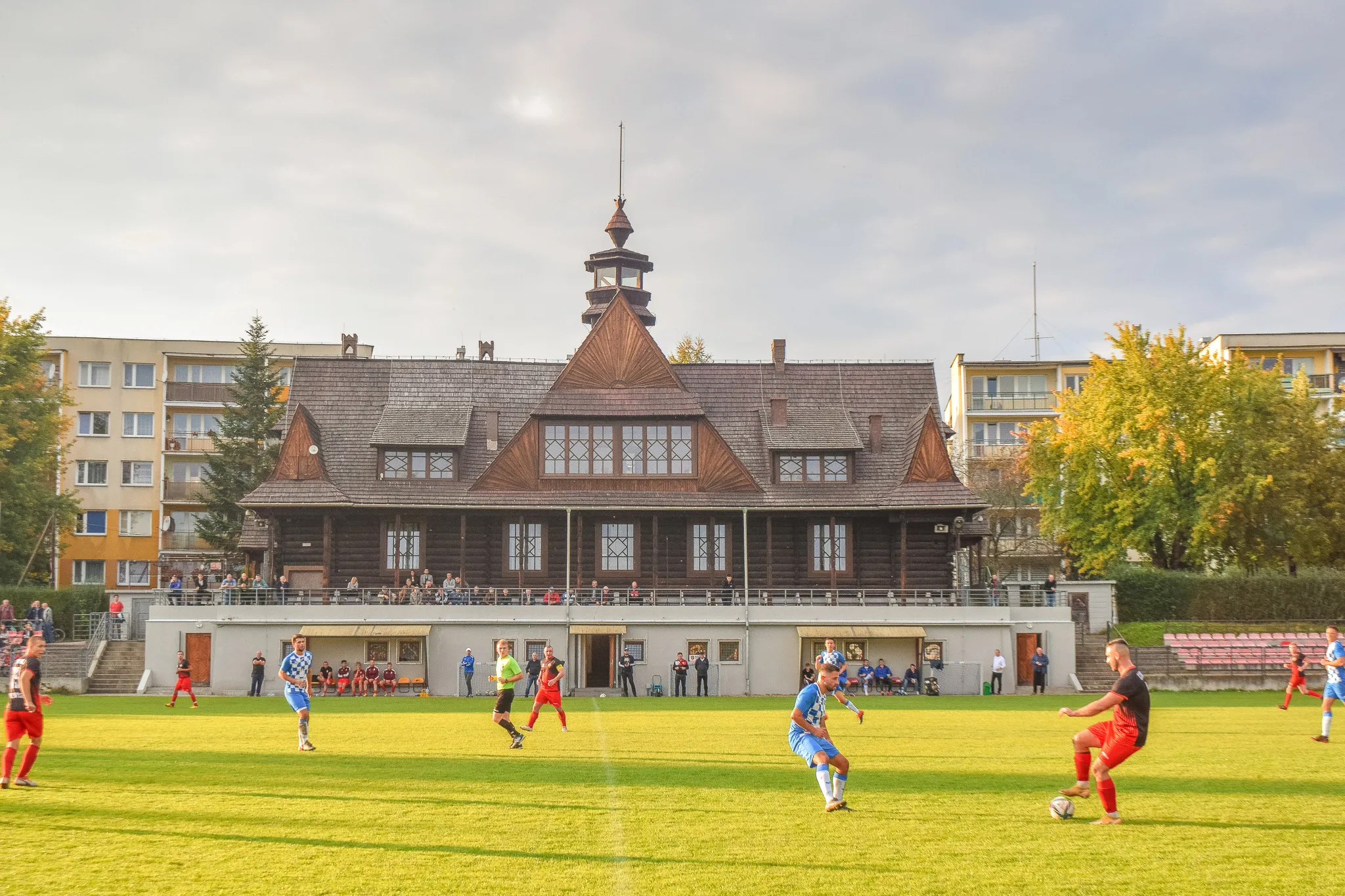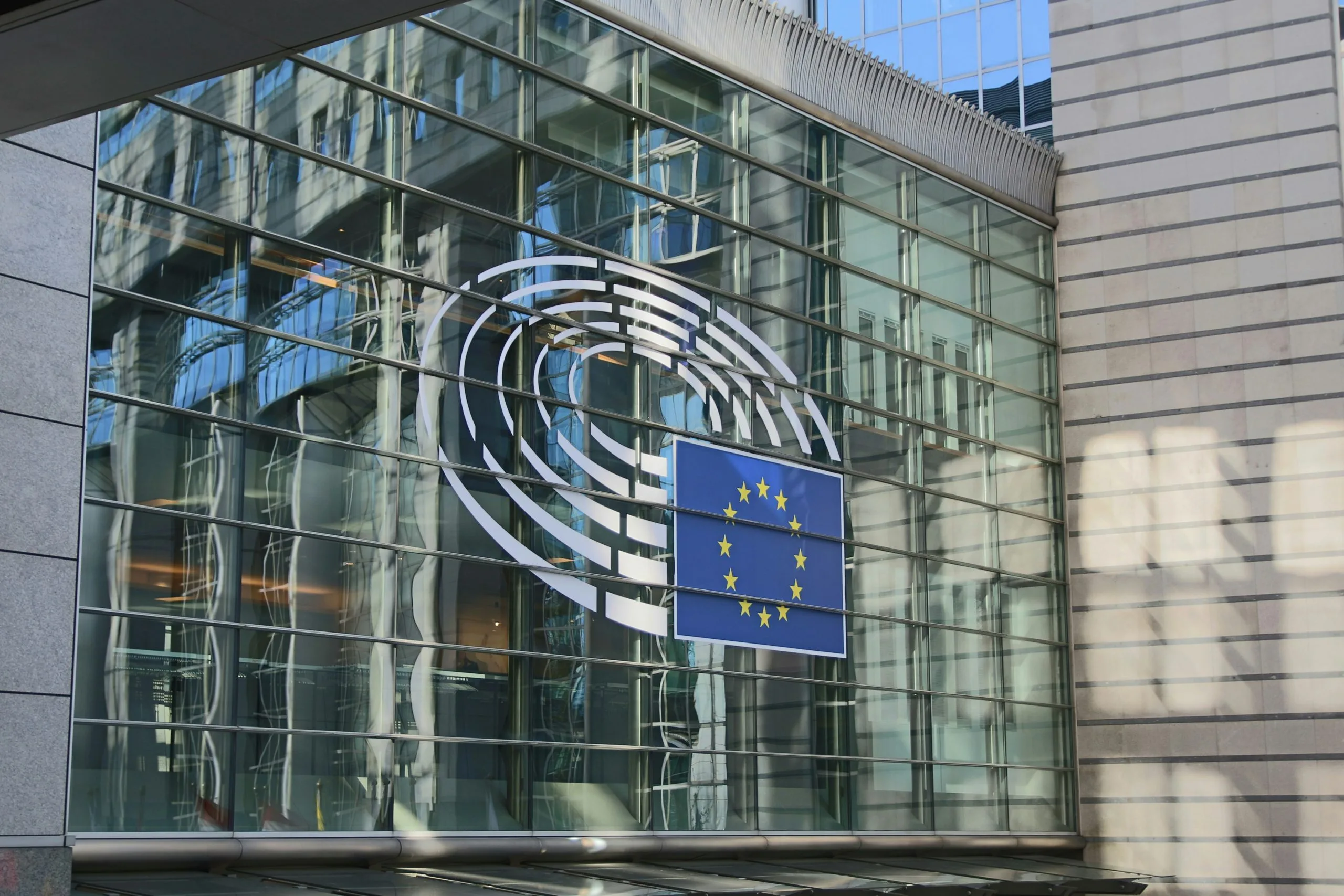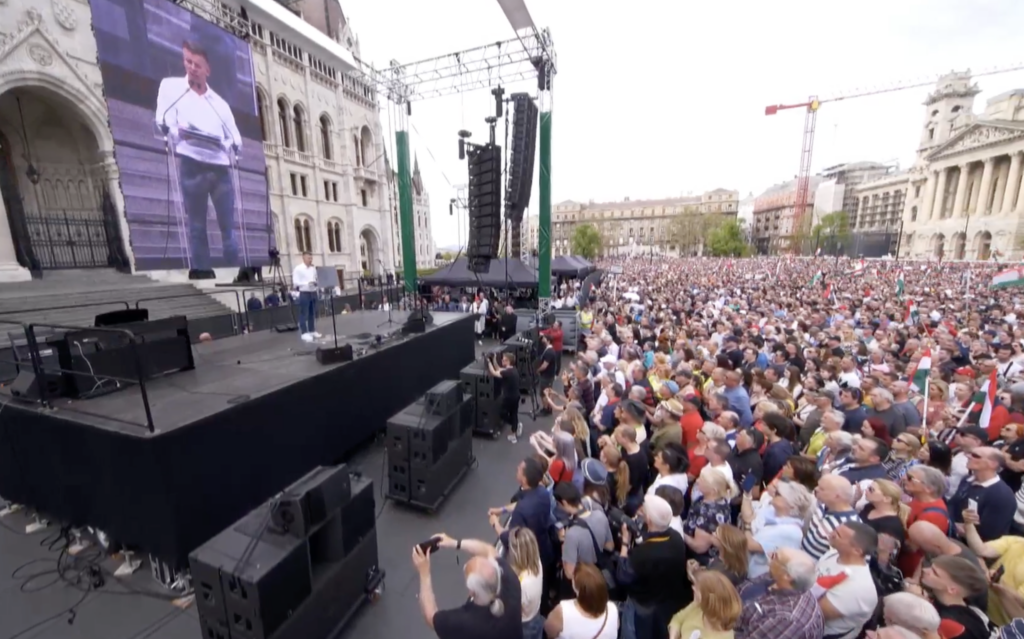Occasional mass protests in Budapest against Hungarian Prime Minister Viktor Orbán are nothing new. Either spontaneous or organised by the country’s main opposition parties, such as the overtly pro-European Union Momentum, they usually follow the announcement of yet another piece of appalling legislation viewed as an attack on Hungarian democracy itself.
Young people and EU flags predominate, allowing Orbán to wave the protests away as nothing more than Brussels meddling yet again in internal Hungarian politics. The impact of such protests is minimal.
The largest protest against Orbán and his Fidesz party for several years, attended by a crowd whose numbers ran well into the 100s of thousands, which took place in Budapest on April 6, was notably different. There was nary an EU nor opposition flag in sight and the crowd was in large part older than would be expected at an anti-Orbán demonstration.
Addressing the rally was an erstwhile Orbán ally, Péter Magyar, the estranged husband of former Justice Minister Judit Varga and until recently a key part of the Fidesz inner circle. Two months ago, however, he turned whistle blower, revealing (to nobody’s surprise) what he alleges is a rampant culture of corruption at the heart of the Hungarian government and setting up his own political movement, Talpra Magyarok (Rise up, Hungarians).
His decision to challenge the government followed the resignation of Hungary’s president, Katalin Novák, after it emerged that she had pardoned a man convicted of helping cover up a sexual abuse case at a children’s home. It was the same case that forced Magyar’s ex-wife, Varga, to resign.
In Budapest’s Kossuth Lajos Square on April 6, in front of Hungary’s magnificent parliament building, Magyar said that he would launch a party to participate in June’s elections for the European Parliament.
Criticising both Orbán and the opposition—which he accused of doing nothing in 14 years to stop Fidesz—Magyar used language clearly designed to appeal to disaffected Orbán supporters.
“Step by step, brick by brick, we are taking back our homeland and building a new country, a sovereign, modern, European Hungary,” he said.
An opinion poll in mid-March claimed that 68 per cent of voters have heard of Magyar’s entry into the political field and that 13 per cent of those said that they were likely to support any party he founded. On the evidence of the April 6 rally, many of these voters will be former Orbán supporters.
“[Magyar] is the politician I have been waiting for,” said one protester, Zsófia Farkas, an accountant, who had travelled from the nearby town of Kecskemét to take part. “If the choice is between Orbán and politicians who will do whatever Brussels tells them, I choose Orbán. But what I really want is something else. I think [Magyar] offers a sensible option.”
Orbán’s core support begins to grumble
That erstwhile Orbán voters are beginning to consider their options has much to do with the performance of the creaking Hungarian economy, whose poor performance in recent years has arguably hit conservative Hungarians— Orbán’s core support—hardest.
Energy subsidies which have provided Hungarians with some of Europe’s cheapest gas and electricity have kept most onside, but recent years have seen the Hungarian forint undergo significant depreciation, affecting the cost of imports and contributing to inflationary pressures. High inflation rates—although now far lower than their peak of 17.5 per cent in early 2023—eroded purchasing power, impacting everyday Hungarians more than Orbán would have liked.
There are also grumblings from small businesses, less than pleased at the way Orbán’s government has prioritised FDI from major global corporations, including giants in the automotive industry such as Audi, BMW, and Mercedes-Benz. These investments have been heralded as major victories for Fidesz, promising job creation and economic stimulation, and serving as proof that his self-confessed illiberal social policies are no barrier to investment.
The government’s FDI strategy has included offering generous tax incentives, creating favourable investment conditions, and emphasising Hungary’s strategic location in Central Europe as an asset for logistical operations. Broadly, the strategy has worked, and yet despite these investments, Hungary’s economic growth has been uneven and, by several measures, underwhelming when compared to its Central and Eastern European neighbours.
According to BNP Paribas, a bank, “Hungary has one of the worst performing economies in the region”. GDP fell by 0.9 per cent in 2023. The Organisation for Economic Co-operation and Development (OECD) expects a slight recovery this year, to 2.4 per cent, but in a recent report warned that the pace of disinflation, future energy prices, and the delivery of EU funds dependent on rule-of-law reforms pose risks to the outlook.
Brain drain
Hungary is also haemorrhaging people. While foreign investment has unquestionably created jobs, it has not been able to stop a significant brain drain, with skilled workers emigrating in search of higher wages and better living conditions. Last year, some 33,700 Hungarians left the country—the highest number since 2010, according to the country’s national statistics office.
In all, 325,000 Hungarians have migrated since Orbán took office for the second time in 2010—around 3.5 per cent of the total population and almost equivalent to the combined population of Hungary’s second and third largest cities, Debrecen and Szeged.
This exodus has strained the labour market, making it difficult for both foreign and domestic companies to find and retain high-quality staff. And despite generous incentives designed to boost the population, Hungarian women gave birth to fewer babies in 2023 than ever before.
Hungary has also been one of the largest per capita beneficiaries of EU structural and cohesion funds, intended to support economic development and convergence within the Union. However, there are concerns about the sustainability of this reliance, especially amid criticisms of Orbán’s government for allegedly undermining democratic values, which has led to significant funding being withheld.
In December, the European Commission approved the release of 10.2 billion euros in cohesion funds for Hungary, almost a year after the money was frozen over the country’s failure to address persistent rule-of-law concerns. However, that still leaves the country without a further 11.5 billion euros in cohesion funds as well as its post-Covid-19 recovery and resilience money—10.4 billion euros of grants and low-interest loans. There is little sign that Orbán is ready to enact the kind of reform that would unlock the money.
Magyar is banking on more Orbán voters reaching the conclusion that only by improving transparency, fighting corruption, and adhering to democratic principles will Hungary’s economic fortunes improve. For now, Orbán himself appears unmoved. A strong showing for Magyar’s party in the European Parliament elections would change that.







